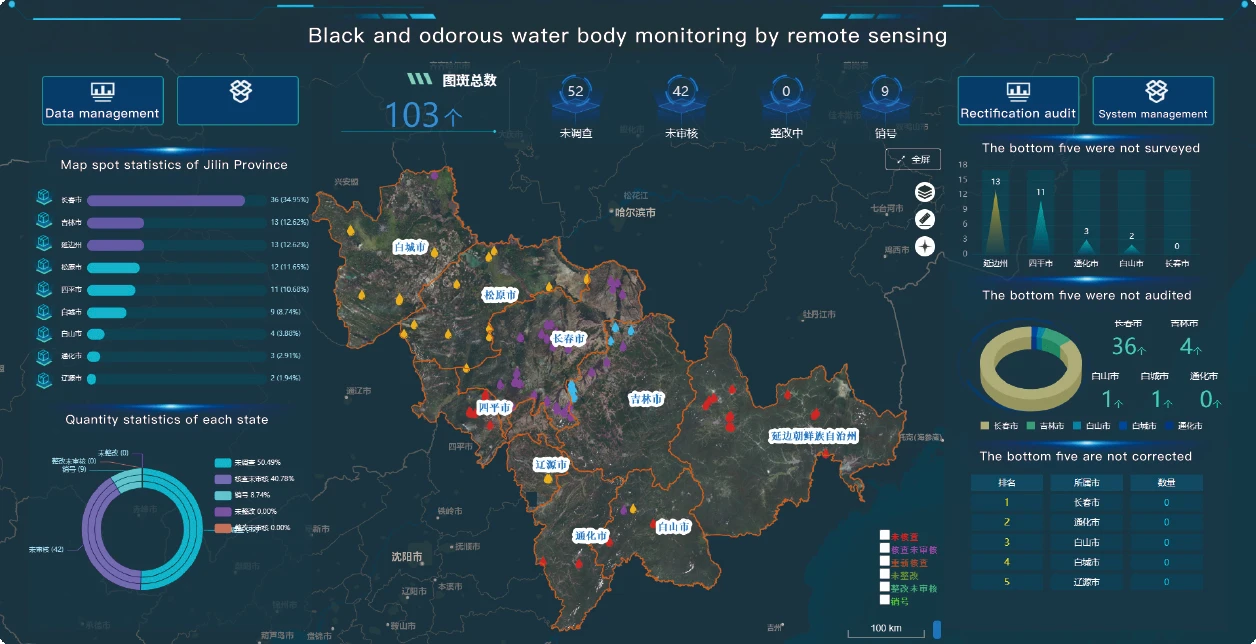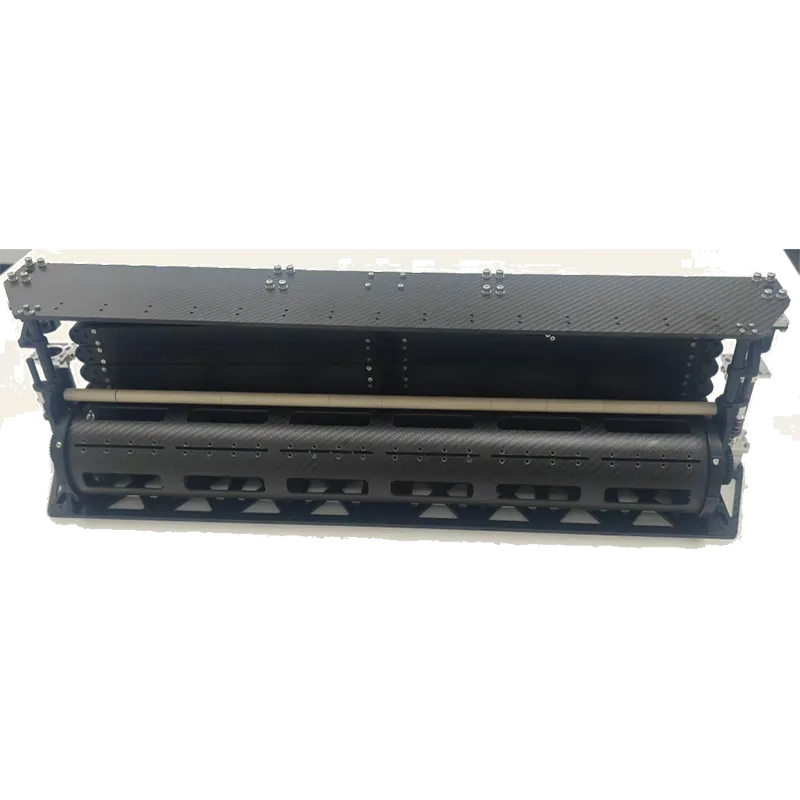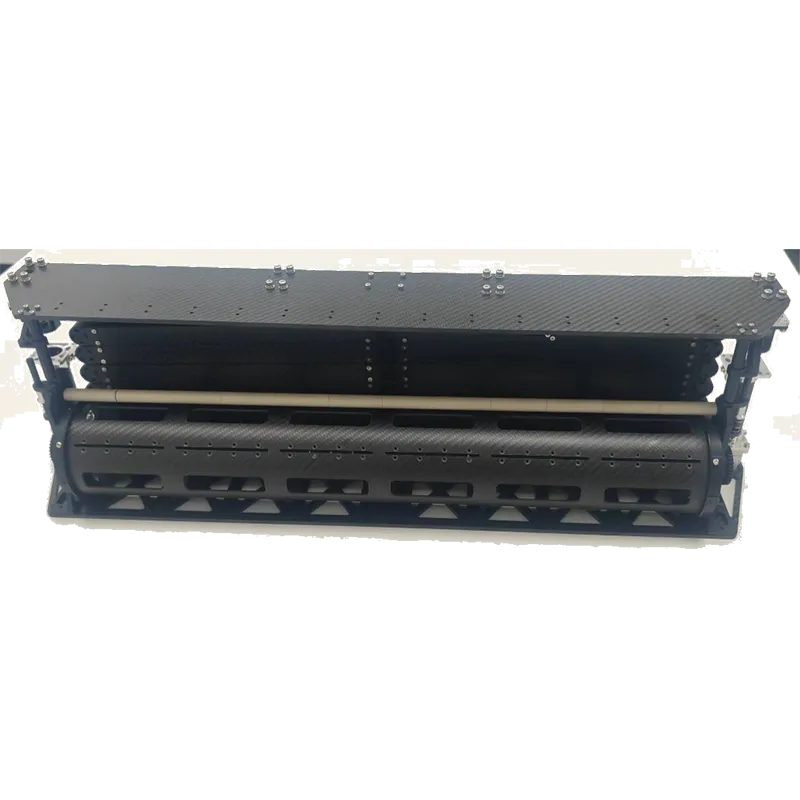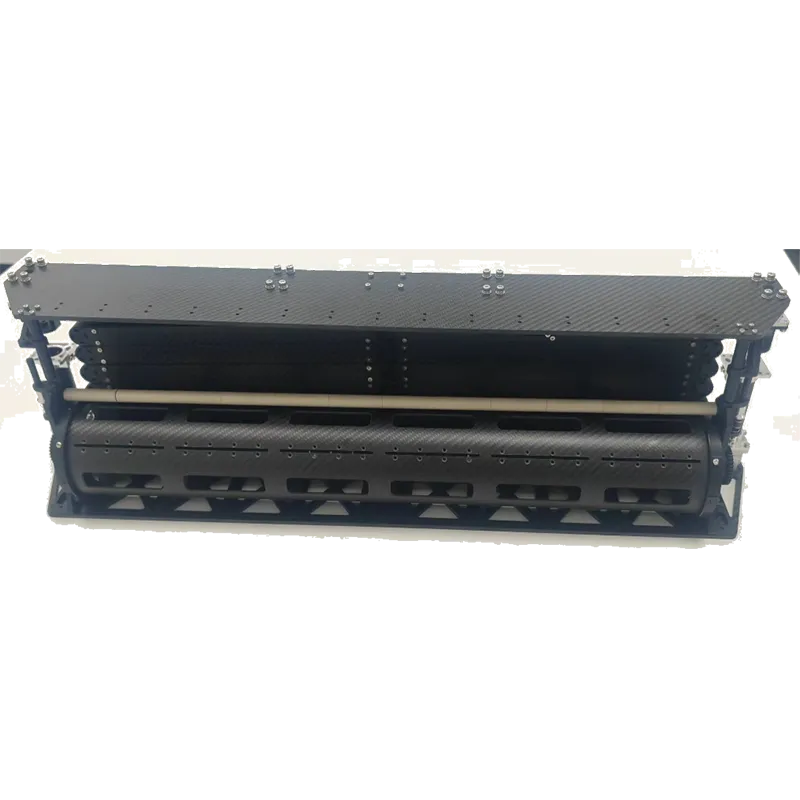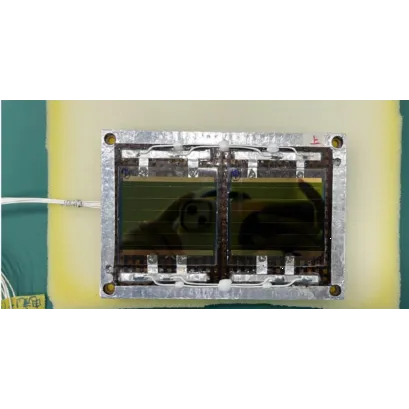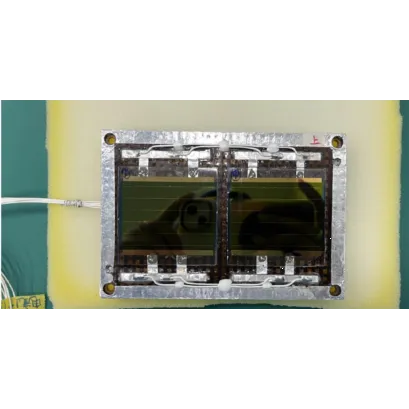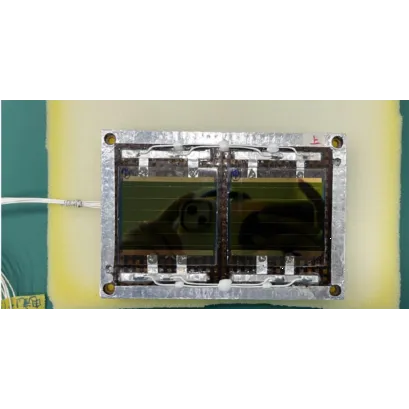
- អាហ្រ្វិក
- អាល់បានី
- អាំហារិក
- ភាសាអារ៉ាប់
- អាមេនី
- អាស៊ែបៃហ្សង់
- បាស
- បេឡារុស្ស
- បង់ក្លាដែស
- បូស្នៀ
- ប៊ុលហ្គារី
- កាតាឡាន
- សេប៊ូណូ
- ចិន
- Corsican
- ក្រូអាត
- ឆេក
- ដាណឺម៉ាក
- ហូឡង់
- ភាសាអង់គ្លេស
- អេស្ប៉ារ៉ាន់តូ
- អេស្តូនី
- ហ្វាំងឡង់
- បារាំង
- ហ្វ្រីសៀន
- ហ្គាលីសៀន
- ហ្សកហ្ស៊ី
- អាឡឺម៉ង់
- ក្រិក
- ហ្គូចារ៉ាទី
- ក្រេអូល ហៃទី
- ហូសា
- ហាវ៉ៃ
- ភាសាហេព្រើរ
- ទេ
- Miao
- ហុងគ្រី
- អ៊ីស្លង់
- អ៊ីកបូ
- ឥណ្ឌូនេស៊ី
- អៀរឡង់
- អ៊ីតាលី
- ជប៉ុន
- ជ្វា
- កាណាដា
- កាហ្សាក់ស្ថាន
- ខ្មែរ
- រវ៉ាន់ដា
- កូរ៉េ
- ឃឺដ
- កៀហ្ស៊ីស៊ី
- ពលកម្ម
- ឡាតាំង
- ឡាតវី
- លីទុយអានី
- លុចសំបួរ
- ម៉ាសេដូនៀ
- ម៉ាឡាហ្គាស៊ី
- ម៉ាឡេ
- ម៉ាឡាយ៉ាឡា
- ម៉ាល់តា
- ម៉ៅរី
- ម៉ារ៉ាធី
- ម៉ុងហ្គោលី
- មីយ៉ាន់ម៉ា
- នេប៉ាល់
- ន័រវេស
- ន័រវេស
- អូស៊ីតាន់
- ប៉ាសតូ
- ពែរ្ស
- ប៉ូឡូញ
- ព័រទុយហ្គាល់
- ពុនចាប៊ី
- រ៉ូម៉ានី
- រុស្សី
- សាម័រ
- ស្កុតឡេក
- ស៊ែប៊ី
- ភាសាអង់គ្លេស
- សូណា
- ស៊ីនឌី
- ស៊ីនហាឡា
- ស្លូវ៉ាគី
- ស្លូវេនី
- សូម៉ាលី
- ភាសាអេស្ប៉ាញ
- ស៊ុនដា
- ស្វាហ៊ីលី
- ស៊ុយអែត
- តាកាឡុក
- តាជីក
- តាមីល
- តាតា
- តេលូហ្គូ
- ថៃ
- ទួរគី
- តួកមេន
- អ៊ុយក្រែន
- អ៊ូឌូ
- អ៊ុយហ្គួរ
- អ៊ូសបេក
- វៀតណាម
- វែល
- ជំនួយ
- យីឌីស
- យូរូបា
- ហ្សូលូ
ពាក្យស្នើសុំផ្នែកការពារបរិស្ថាន
ប៉ារ៉ាម៉ែត្រ
|
Green and low carbon |
Blue sky Defense |
|
Estimation of forest carbon sink stocks |
Analysis of air pollution source tracing and control decision |
|
Supervision of clean engineering project construction |
Control of non-point sources of bare earth dust pollution |
|
"Two high" project construction supervise ion |
Straw removal from field and incineration monitoring |
|
Ecological environment zoning control
|
ប៉ារ៉ាម៉ែត្រ
|
Clear water defense battle |
The Battle to protect Green Mountains |
|
Urban black and smelly water body identification |
Forest ecological status evaluation |
|
River outlet identification |
Supervision of national afforestation activities |
|
Rivers and lakes "four chaos" violation identification |
Ecological diversity survey |
|
Temperature and drainage monitoring of nuclear power plants
|
Conservation area supervision |
|
Water ecological quality inversion
|
|
Fighting for the protection of pure land |
Emergency response to environmental disasters |
|
Informal garbage Monitoring |
Forest fire emergency monitoring |
| Black land conservation monitoring |
Volcanic eruption emergency monitoring |
|
Black and odorous water body monitoring in rural areas |
Emergency monitoring of flood disaster |
|
Soil quality status inversion
|
Emergency monitoring of oil spill at sea |
Urban and rural black and odorous water pollution monitoring application
Black and smelly water refers to the phenomenon of black and smelly water caused by organic pollution of water environment. Based on the efficient monitoring method of Jilin-1 satellite, the transparency and saturation of water bodies are analyzed according to the spectral characteristics of water bodies, and the detection data of dissolved oxygen and ammonia nitrogen on the ground are combined to establish an intelligent and automatic analysis model of black and smelly water bodies, which provides a big screen for management departments. To realize dynamic system supervision of black and smelly water bodies.
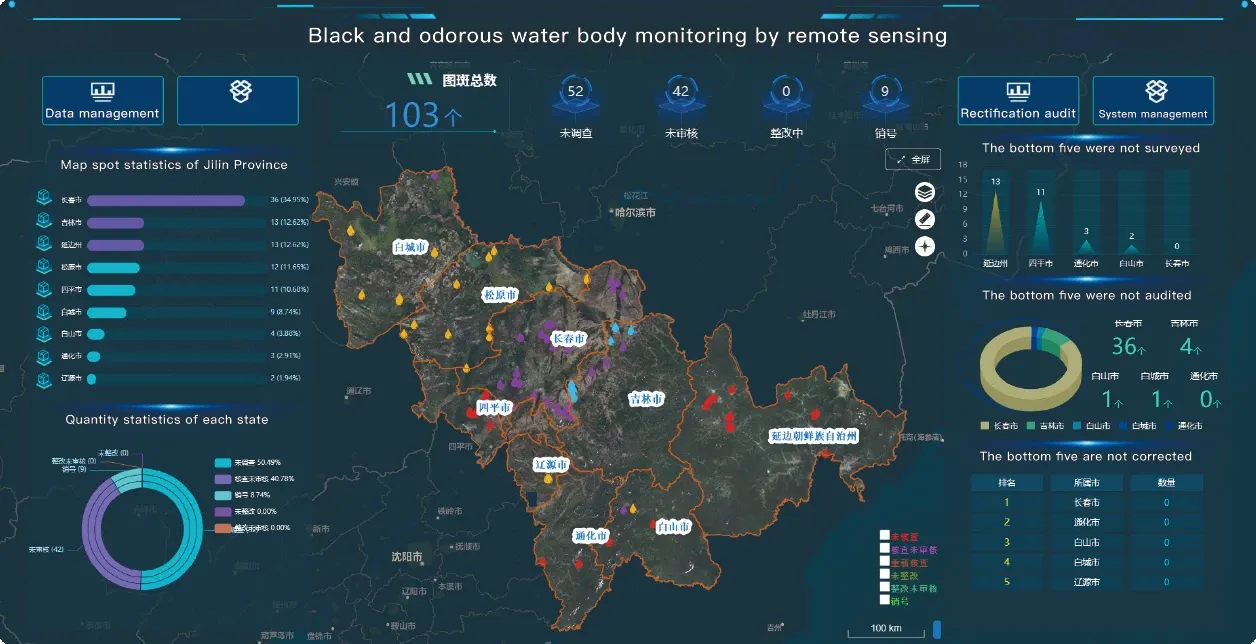
Technology-Driven Environmental Monitoring: How High-Resolution Remote Sensing Images Revolutionize Black-Odor Water Management
In the battle against water pollution, traditional black-odor water monitoring methods—reliant on manual sampling and sporadic field surveys—often fail to capture the dynamic nature of contamination. SpaceNavi’s high-resolution remote sensing images technology disrupts this paradigm, integrating satellite remote sensing data, advanced spatial analysis, and intelligent data acquisition systems to transform how environmental agencies detect, assess, and remediate polluted water bodies.
The Limitations of Conventional Monitoring
Manual sampling provides limited environmental data, capturing only point-in-time snapshots of water quality. Meanwhile, low-resolution satellite imagery struggles to identify small sources of pollution or track subtle changes in water turbidity. SpaceNavi addresses these gaps with 0.5m–2m resolution high-resolution remote sensing images, enabling:
Precise Contamination Mapping: Differentiating between algal blooms, industrial discharges, and urban runoff using spectral signatures in remote sensing data.
Dynamic Change Detection: Monitoring oxygen depletion zones hourly, rather than monthly, through continuous data feeds from our proprietary data acquisition system.
How High-Resolution Remote Sensing Redefines Management
Satellite Data Fusion for Holistic Insight
By integrating satellite remote sensing data from constellations like Jilin-1 with airborne LiDAR, we create 3D water quality models that visualize:
Chlorophyll-a concentration via 700nm band analysis
Suspended sediment loads using NIR reflectance indices
Thermal anomalies indicating industrial wastewater discharge
AI-Enhanced Spatial Analysis
Our machine learning algorithms process 1TB+ of daily imagery, using spatial analysis to:
Automatically detect black-odor water bodies with 92% accuracy
Predict pollution diffusion patterns based on hydrological models
Generate real-time risk maps for emergency response teams
Intelligent Data Acquisition Systems
Unlike static monitoring stations, our edge-computing data acquisition system adapts to changing conditions:
Deploying drones for sub-1m resolution when satellite revisit cycles are insufficient
Triggering in-situ sensor deployments based on remote sensing-derived pollution hotspots
Real-World Impact in Water Management
In a pilot project across China’s Yangtze River Delta:
High-resolution remote sensing images identified 37% more unauthorized discharges than traditional methods
Spatial analysis of environmental data reduced remediation response time from 72 hours to 8 hours
The integrated system cut annual monitoring costs by 40% while expanding coverage by 300%
The Future of Environmental Stewardship
SpaceNavi’s technology proves that remote sensing data, when combined with high-resolution imaging and intelligent data acquisition systems, can turn reactive water management into a proactive, predictive science. By providing policymakers with actionable insights from spatial analysis of pollution patterns, we’re not just mapping problems—we’re enabling data-driven solutions that restore aquatic ecosystems faster and more effectively than ever before.
For environmental agencies seeking to modernize their monitoring capabilities, the choice is clear: embrace high-resolution remote sensing as the cornerstone of your black-odor water management strategy, and unlock a new era of precision in environmental protection.
Satellite Remote Sensing Data Empowers Ecological Protection: A Full-Process Analysis from Patch Statistics to Pollution Tracing
In the realm of ecological conservation, satellite remote sensing data has emerged as a transformative tool, enabling unprecedented precision from macro-level patch statistics to micro-scale pollution source tracing. SpaceNavi’s integration of high-resolution imagery, intelligent data acquisition, and advanced spatial analysis redefines how environmental agencies leverage remote sensing data and satellite remote sensing data to safeguard ecosystems.
Bridging Traditional Gaps with Satellite Technology
Conventional ecological monitoring often relies on fragmented field surveys, yielding incomplete environmental data and delayed insights. SpaceNavi’s 0.5–2m resolution high-resolution remote sensing images, combined with multi-spectral satellite data, address this by:
Automated Patch Statistics: Using AI to classify land use patches (forest, wetland, urban) with 95% accuracy, reducing manual counting errors by 80%.
Real-time Change Detection: Monitoring deforestation or wetland degradation at weekly intervals, compared to traditional annual reports.
The Full Process: From Data Acquisition to Actionable Insights
1. Multi-source Data Acquisition
Our proprietary data acquisition system fuses:
Satellite Remote Sensing Data: From constellations like Jilin-1, capturing visible, NIR, and SWIR bands for material identification.
In-situ sensor data: Real-time water quality parameters (pH, dissolved oxygen) to validate satellite-derived indices.
2. Spatial Analysis for Pollution Tracing
Leveraging GIS and machine learning, we:
Map Pollution Transport: Model atmospheric/waterborne pollutant diffusion using wind/tide data integrated with satellite imagery.
Pinpoint Emission Sources: Identify industrial discharges by analyzing thermal anomalies and spectral signatures in remote sensing data.
Holistic Environmental Modeling
By merging environmental data (climate, biodiversity) with satellite insights, we create predictive models:
Forest carbon stock estimation with 3% error margin.
Algal bloom early warning systems based on chlorophyll-a concentration derived from high-resolution images.
Real-world Application in Ecological Governance
In a Northeast China forest reserve project:
Satellite remote sensing data detected 23% more illegal logging sites than ground patrols.
Spatial analysis of soil moisture from satellite images optimized reforestation site selection, increasing sapling survival by 40%.
The integrated system cut annual monitoring costs by 50% while expanding coverage by 300%.
The New Paradigm for Ecological Protection
SpaceNavi’s approach proves that satellite remote sensing data, when coupled with high-resolution imagery and intelligent data acquisition systems, transforms ecological protection from reactive to proactive. By enabling end-to-end workflows—from automated patch statistics to precise pollution tracing—we equip stakeholders with the tools to make data-driven decisions that preserve biodiversity and mitigate environmental risks.
For agencies seeking to modernize ecological monitoring, the fusion of remote sensing data, spatial analysis, and high-resolution imagery isn’t just a technology upgrade—it’s the foundation for sustainable environmental stewardship in the digital age.
